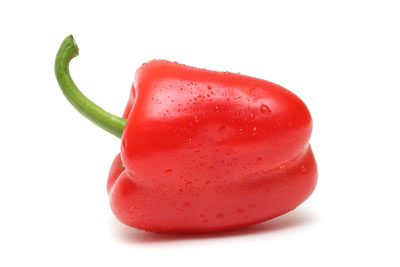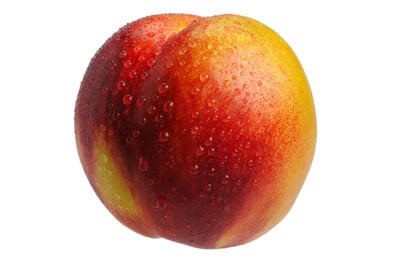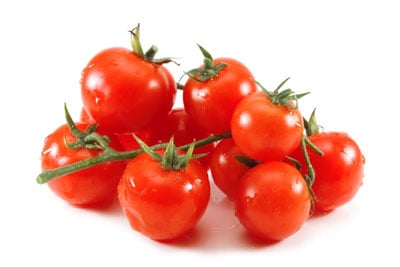Clean 15 (2014 list)
Each year the Environmental Working Group (EWG) puts out a Dirty Dozen list and it's opposite, Clean 15 list.
Here are this year's WINNERS!
According to the EWG, approximately 60% of thousands of produce was found to be contaminated with pesticides. As the EPA is not providing accurate and thorough information when it started to publish information in 1999. So in 2007, it stopped altogether providing any information.
Check each year for an updated list.
The Clean Fifteen™ can provide you with safer foods to consume with not as much contamination from toxins and pesticides. If you cannot buy organic, these foods are the foods to consume with not as high of a risk to your health than the other produce with higher contaminants.
Relatively few pesticides were detected on these foods, and tests found low total concentrations of pesticides.
EWG's notable findings:
- Avocados were the cleanest: only 1 percent of avocado samples showed any detectable pesticides.
- Some 89 percent of pineapples, 82 percent of kiwi, 80 percent of papayas, 88 percent of mango and 61 percent of cantaloupe had no residues.
- No single fruit sample from the Clean Fifteen™ tested positive for more than 4 types of pesticides.
- Detecting multiple pesticide residues is extremely rare on Clean Fifteen™ vegetables. Only 5.5 percent of Clean Fifteen samples had two or more pesticides.
http://www.ewg.org/foodnews/summary.php
A new study to be published on Tuesday, July 15, 2014 in British Journal of Nutrition, will highlight research from Newcastle University on benefits of consuming organic foods.
This comprehensive mega-analysis looked at 343 studies and found that organic produce were significantly lower in toxic heavy metals, as well as higher in antioxidants.
Also addressed in the research were differences in the farming systems, which up until now, have raised some question as to outcomes between organic and non-organic foods.
“Higher antioxidant concentrations and less cadmium and pesticide residues in organically-grown crops: a systematic literature review and meta-analyses.” Baranski, M. et al. – published in the British Journal of Nutrition 15th July 2014.











